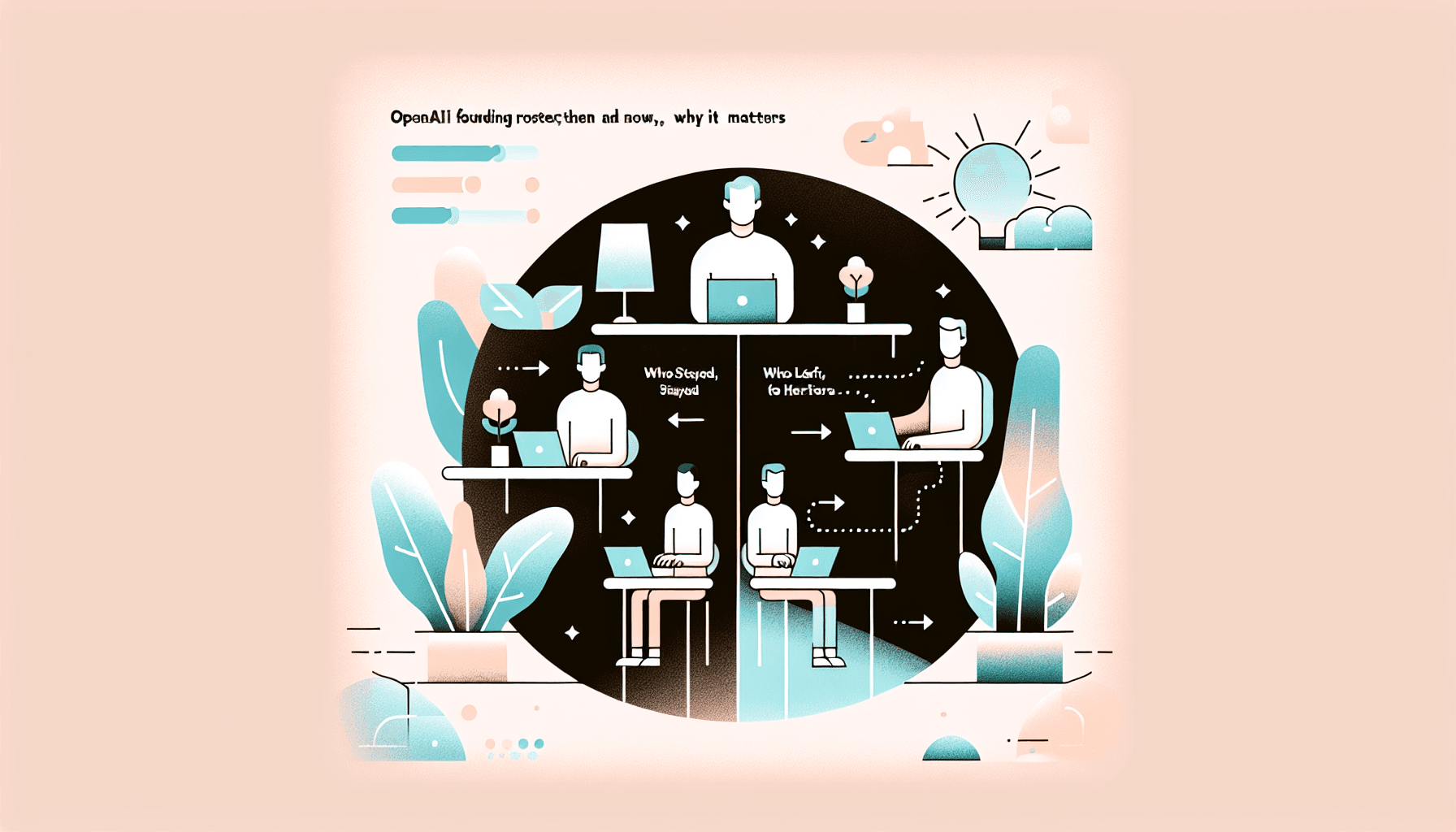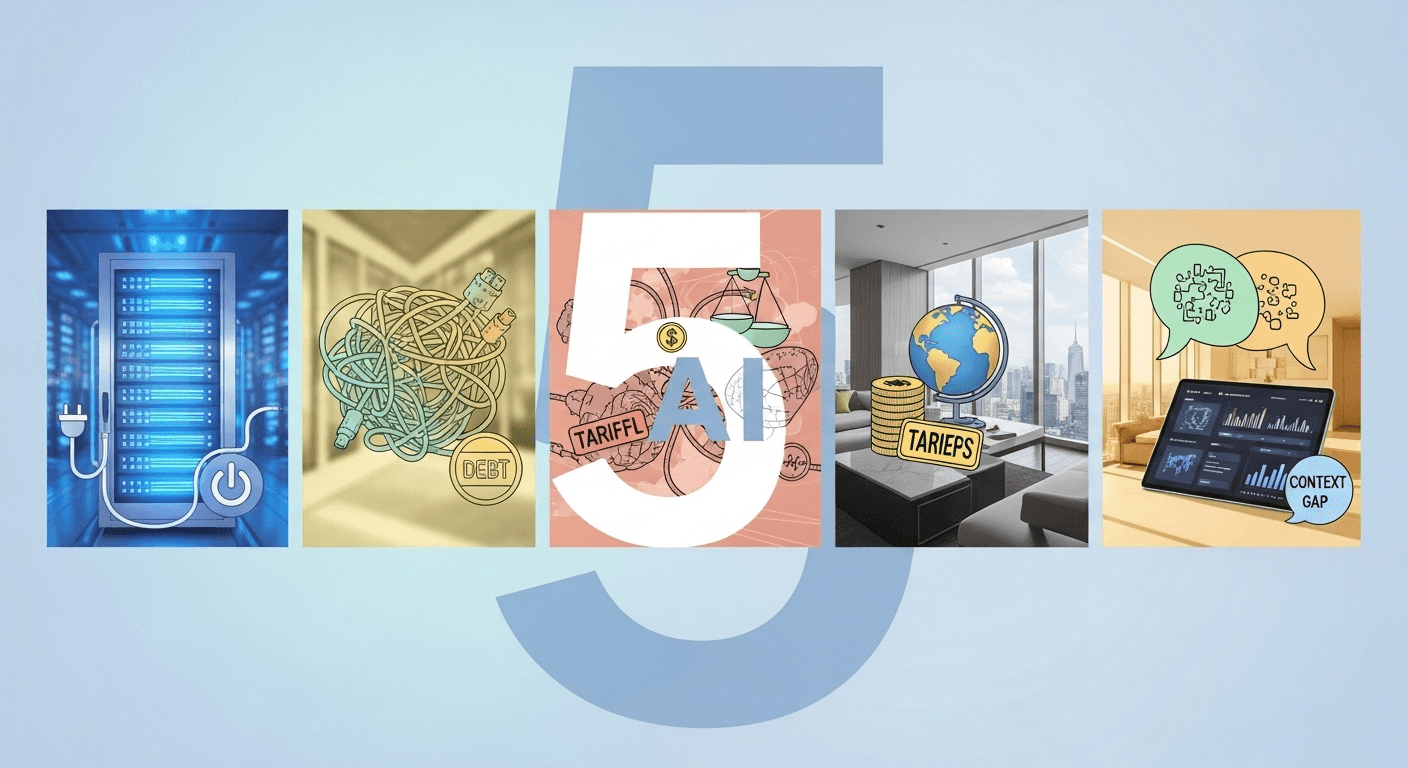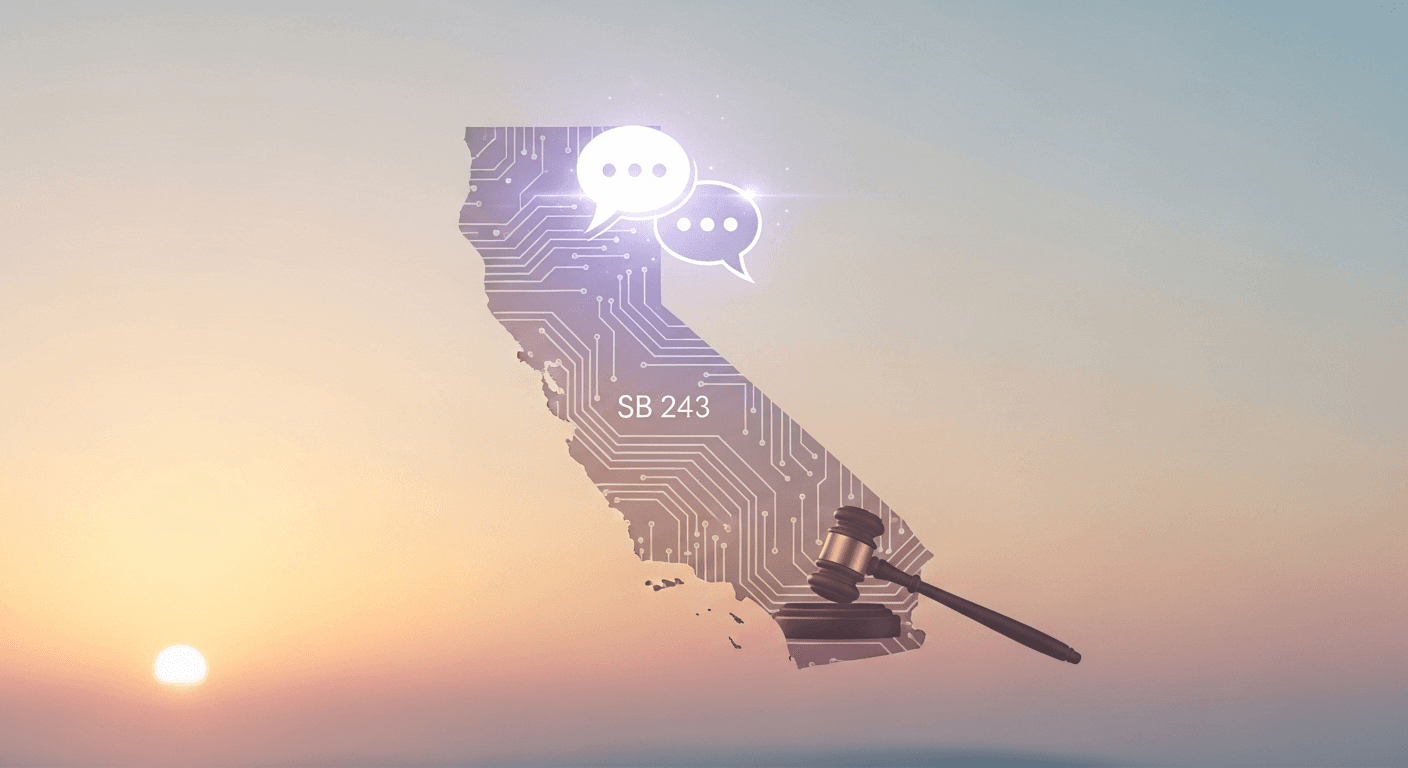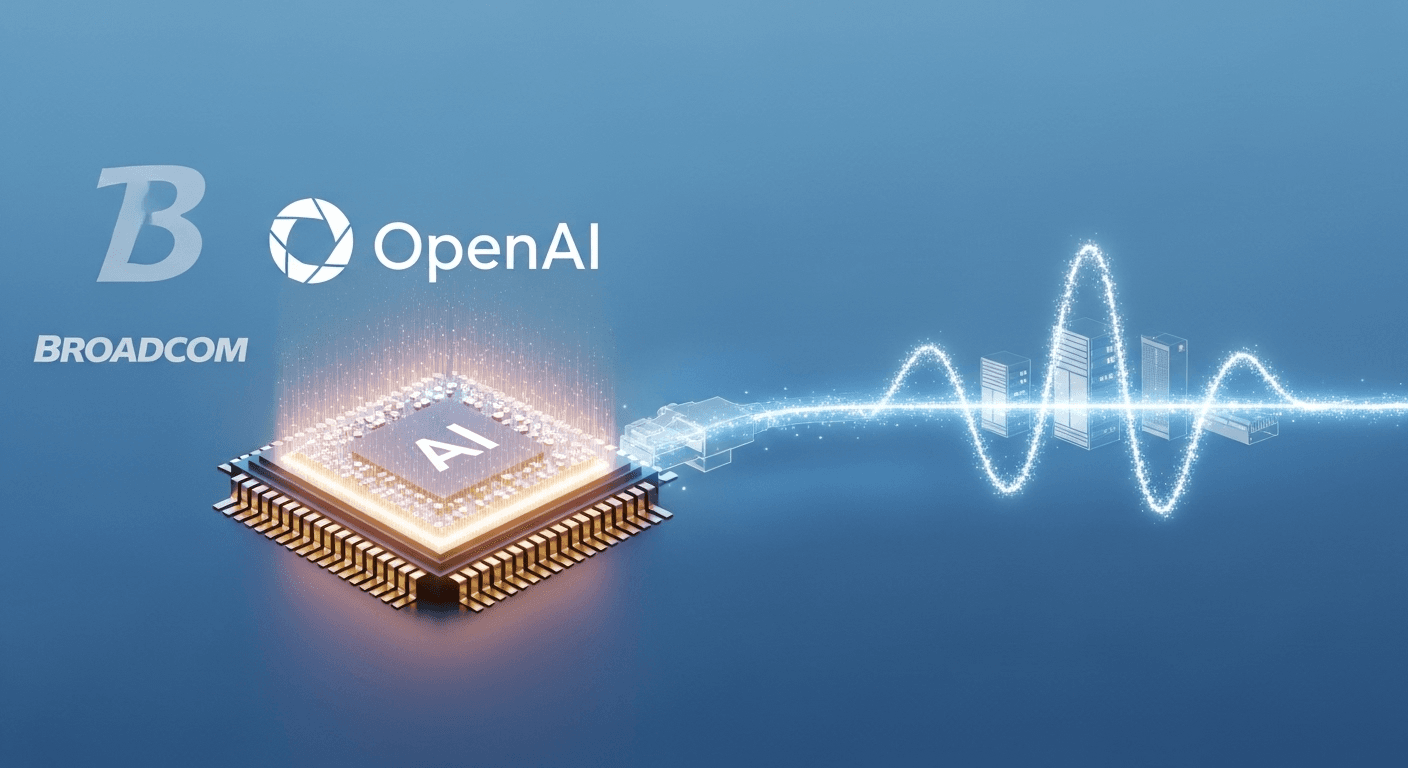OpenAI’s Founding Roster, Then and Now: Who Stayed, Who Left, and Why It Matters

OpenAI’s Founding Roster, Then and Now: Who Stayed, Who Left, and Why It Matters
Nearly a decade after OpenAI launched with an ambitious nonprofit mission, only a fraction of its founding figures still work there. Here’s where the others went—and what this leadership reshuffle signals for the AI industry.
Why this story matters
OpenAI helped kick off today’s AI boom, pushing frontier models like GPT-4 and ChatGPT into the mainstream. But as the organization matured—shifting from a nonprofit lab to a complex capped-profit structure and racing to commercialize—its leadership and founding ranks changed, too. Understanding who’s still at the helm and who has moved on offers insight into the company’s priorities, the competitive landscape, and the broader dynamics shaping AI labs.
Observer recently highlighted that only four of OpenAI’s original founding figures remain with the company. Counting “founders” varies by source, but the trend is clear: the early team has significantly reshuffled. Below we verify the key moves, add missing context, and point to credible sources.
Who’s still at OpenAI
According to OpenAI’s own disclosures and public bios, these founding figures remain in key roles:
- Sam Altman, CEO — a cofounder who led OpenAI’s transition toward a capped-profit structure and commercial products like ChatGPT and GPT-4. [Source: OpenAI About]
- Greg Brockman, President & cofounder — instrumental in building OpenAI’s engineering culture and infrastructure. [Source: OpenAI About]
- John Schulman, cofounder — a leading researcher in reinforcement learning and policy optimization techniques that underpinned early GPT alignment strategies. [Source: OpenAI About]
- Wojciech Zaremba, cofounder — founding researcher who has led work spanning deep learning and robotics initiatives. [Source: OpenAI About]
These four are regularly cited as part of OpenAI’s core founding cohort and remain publicly associated with the organization’s research or corporate leadership.
Where the other founding figures and early builders went
Definitions of “founder” vary: OpenAI’s 2015 launch included co-chairs, donors, early executives, and a cohort of founding researchers. Using Observer as the starting point and cross-referencing public records, here’s where the best-known early figures are now:
Elon Musk — exited the board in 2018; now building xAI
Musk helped launch OpenAI in 2015 and served as co-chair. He left the board in 2018, citing a desire to avoid conflicts with Tesla’s AI efforts. In 2023 he launched xAI, which is developing its own large models. Musk also filed—and later dropped—a 2024 lawsuit against OpenAI and Sam Altman alleging mission drift.
Ilya Sutskever — left in 2024; co-founded Safe Superintelligence Inc. (SSI)
OpenAI’s cofounder and longtime chief scientist announced his departure in May 2024. He later unveiled Safe Superintelligence Inc. with the goal of prioritizing safety while pursuing cutting-edge AI capabilities. Reporting indicated ongoing strategic tensions in the months leading up to his exit. [Also see: The Verge]
Andrej Karpathy — early founding researcher; left in 2017 and again in 2024
Karpathy was an early OpenAI researcher often described as part of the founding research team. He departed to lead AI at Tesla in 2017, briefly returned to OpenAI in 2023, and left again in 2024. He now focuses on independent projects and educational content.
Trevor Blackwell — startup builder and YC partner
Blackwell, frequently listed among OpenAI’s founding figures due to early governance ties within the Y Combinator network, is a seasoned entrepreneur and roboticist. He continues as a partner at Y Combinator and founder of Anybots.
Other notable early leaders and safety voices who moved on
- Dario and Daniela Amodei (early senior leaders, not original 2015 founders) — left OpenAI and co-founded Anthropic in 2021 with several OpenAI alumni.
- Jan Leike (former head of alignment) — departed in 2024 after public concerns about safety priorities and joined Anthropic.
Bottom line: While four founding figures still steer OpenAI, a number of prominent founders and early builders now lead or advise rival labs and startups—including Anthropic, xAI, and SSI—shaping a more competitive and pluralistic AI ecosystem.
How we got here: the forces behind founder churn
The movement of founders and early leaders across labs isn’t random—it reflects structural tensions in frontier AI:
- Mission vs. commercialization: OpenAI began as a nonprofit in 2015, then introduced a capped-profit model in 2019 to fund massive compute needs. That shift brought new investors and partnerships (notably Microsoft) and sparked debate over governance and the original mission. [Source: OpenAI LP announcement]
- Safety vs. speed: The industry wrestles with how fast to push capabilities relative to safety and alignment. Several high-profile departures cited disagreements over priorities. [See: The Verge on Jan Leike]
- Governance shocks: The November 2023 boardroom crisis—Sam Altman’s brief ouster and rapid return—exposed fault lines in oversight and control, prompting reflection across the team. [Overview: The New York Times]
- Talent gravity and spinouts: Frontier AI encourages spinoffs. Alumni now helm Anthropic, SSI, and xAI, creating alternative paths for researchers with strong views on safety, governance, and product strategy.
What this means for entrepreneurs and professionals
For non-technical leaders and curious readers, a few practical takeaways:
- Expect a multi-polar landscape: Don’t plan around a single model provider. Build flexible stacks that can swap APIs or fine-tuned models from multiple labs.
- Culture is a moat: Early-stage AI teams should communicate safety, governance, and commercialization philosophy clearly. Many high-profile departures stem from misaligned expectations in these areas.
- Partnerships matter: Vendor lock-in can amplify governance shocks. Negotiate portability for data, prompts, and fine-tuned assets.
- Talent flows drive innovation: New labs often form around a clear thesis (e.g., safety-first at SSI, constitutional AI at Anthropic, product-first at OpenAI). Track these theses to anticipate where capabilities and guardrails will evolve.
A brief refresher: OpenAI’s origins
OpenAI launched in 2015 with a mission to ensure artificial general intelligence benefits all of humanity. The initial announcement framed it as a nonprofit research organization with prominent backers and a small founding research team. [Source: Introducing OpenAI (2015)]
As the compute and data demands of frontier models grew, OpenAI evolved: in 2019 it introduced OpenAI LP (a capped-profit structure) to raise capital while maintaining a mission-driven charter. The move enabled major partnerships and rapid productization—alongside ongoing debates about governance and transparency. [Source: OpenAI LP]
Conclusion
Only a minority of OpenAI’s founding figures remain at the company, and several of their peers now lead competing AI labs. That’s not a sign of weakness so much as a hallmark of a fast-moving sector where governance, safety, and business models are still being invented. For operators and entrepreneurs, the signal is clear: diversify your AI dependencies, evaluate partners on both capability and values, and watch the people—because in AI, the talent map often predicts the product roadmap.
FAQs
How many OpenAI founders are still at the company?
Observer reports four remain in operational roles: Sam Altman, Greg Brockman, John Schulman, and Wojciech Zaremba. Counts vary by how “founder” is defined.
Did Elon Musk found OpenAI?
Yes—he was a co-chair and early backer. He left OpenAI’s board in 2018 to avoid conflicts with Tesla’s AI efforts and later launched xAI.
Who runs OpenAI now?
Sam Altman serves as CEO, with Greg Brockman as President. A reconstituted board oversees the company following the 2023 governance crisis.
Why did Ilya Sutskever leave OpenAI?
He didn’t provide exhaustive details, but context includes internal tensions around safety, governance, and strategic priorities. He now leads SSI, a new AI lab.
What’s the relationship between OpenAI and Anthropic?
Anthropic was founded by former OpenAI leaders and researchers in 2021. The companies compete on frontier models and often emphasize different safety and governance approaches.
Sources
- Observer: Only 4 of OpenAI’s 11 Founders Are Still With the Company—Where Are the Rest of Them?
- OpenAI About
- Introducing OpenAI (2015)
- OpenAI LP (2019)
- The Verge: Elon Musk leaves OpenAI board (2018)
- Reuters: Musk launches xAI (2023)
- Reuters: Musk drops OpenAI lawsuit (2024)
- The Verge: Ilya Sutskever leaves OpenAI (2024)
- NYT: Sutskever launches Safe Superintelligence Inc. (2024)
- The Verge: Andrej Karpathy leaves OpenAI again (2024)
- The Verge: Jan Leike resigns, safety concerns (2024)
- NYT: Inside OpenAI’s 2023 board crisis
- NYT: Former OpenAI researchers form Anthropic (2021)
- Y Combinator: Trevor Blackwell bio
Thank You for Reading this Blog and See You Soon! 🙏 👋
Let's connect 🚀
Latest Blogs
Read My Latest Blogs about AI

5 AI Stories Shaping Business Today: Power, Data Debt, Tariffs, Penthouses, and the Context Gap
A clear roundup of 5 AI trends shaping business now: power-hungry data centers, data debt, AI for tariffs, luxury sales with AI, and the context gap — with takeaways.
Read more


